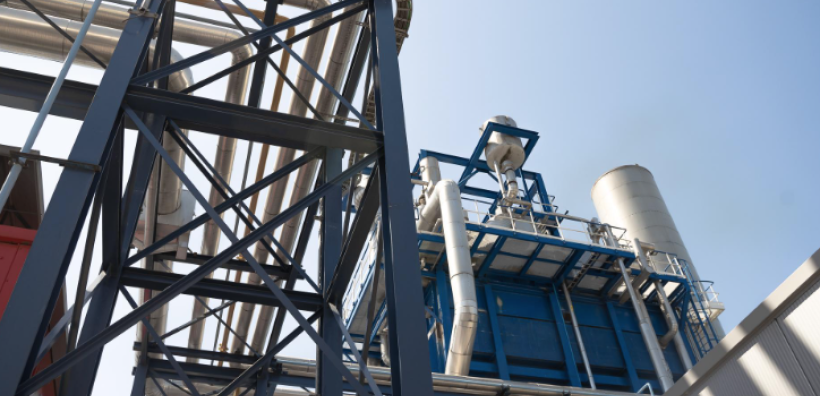Remuneration upper limits imposed on all electricity producers as one of a number of emergency measures implemented by authorities during the energy crisis have just been lifted, effective as of January 1, a move representing a significant step in the wholesale electricity market’s return to normality.
In the retail electricity market, subsidies offered to all consumers during the energy crisis were also lifted with the arrival of the new year.
The government introduced remuneration upper limits for electricity producers on July 7, 2022, at the height of the energy crisis, as a tool for recovering windfall profits, which were injected into the Energy Transition Fund to finance electricity subsidies offered by the state to all consumers.
A preceding remuneration system for electricity producers, introduced as part of the target model, has now been reinstated in place of the upper limits. A marginal price model, it sets payment levels for electricity producers based on the highest-price production unit brought into play every day.
Under the emergency measure imposing remuneration upper limits, all electricity producers, regardless of technology, were subjected to payment restrictions that took into account respective operating costs.
RES facilities faced a remuneration upper limit of 85 euros per MWh, while hydropower units were subjected to a payment limit of 112 euros per MWh. The remuneration upper-limit for natural gas-fueled power stations was revised monthly so that wildly fluctuating factors such as emission right costs and natural gas prices could be factored in.
The next and final step for the wholesale electricity market’s complete return to normality entails lifting an extraordinary levy imposed on natural gas used for electricity production. The energy ministry has noted it intends to proceed with this step early in 2024. However, a legislative revision by the ministry will be needed.





